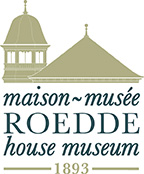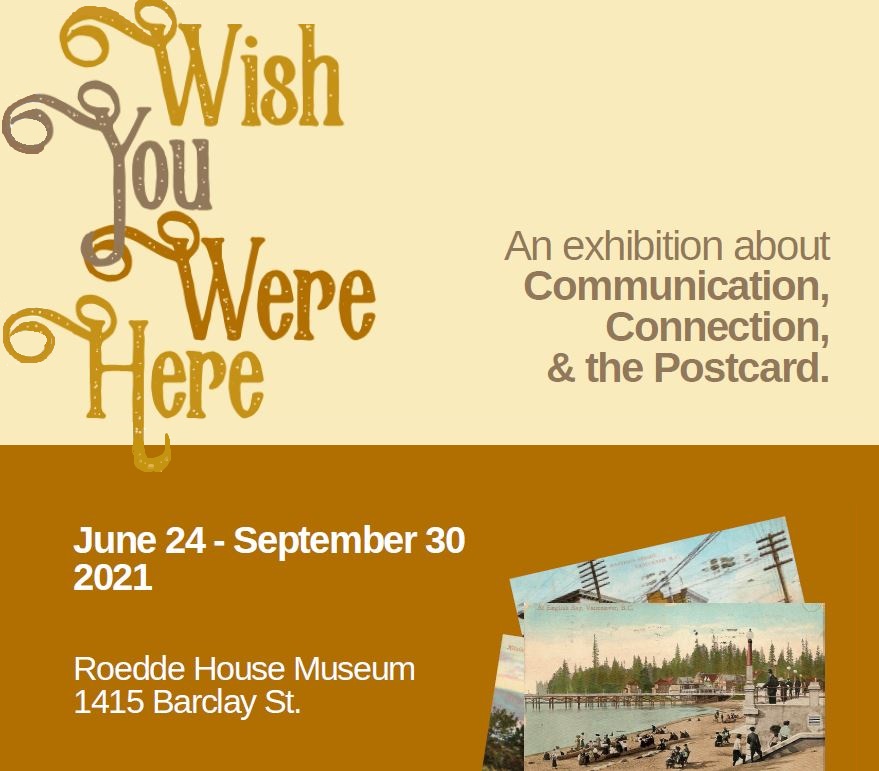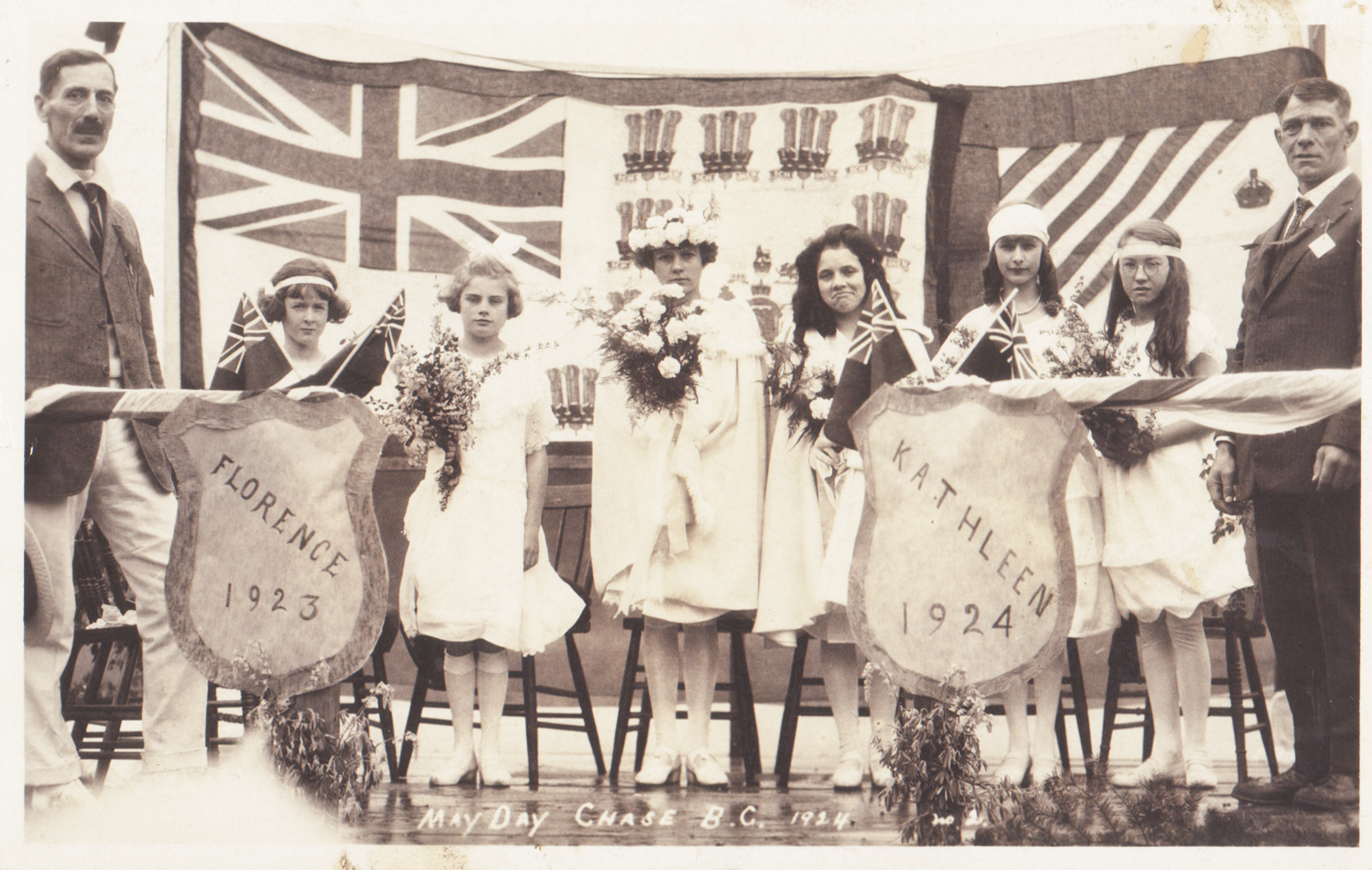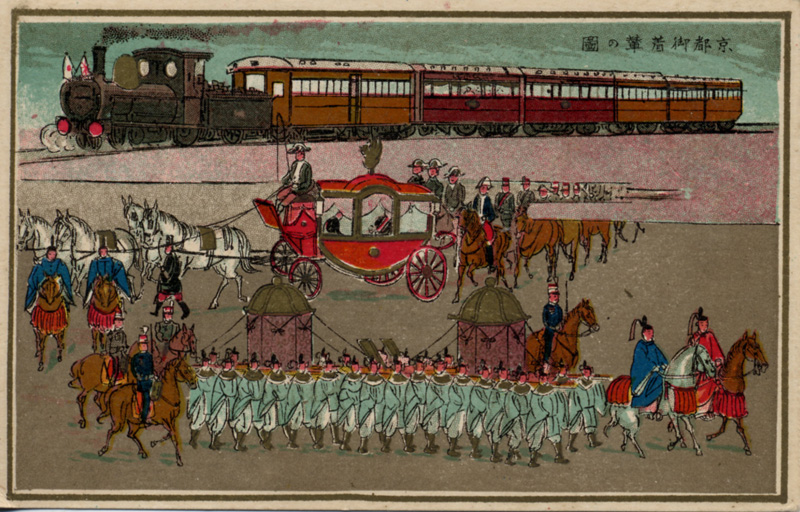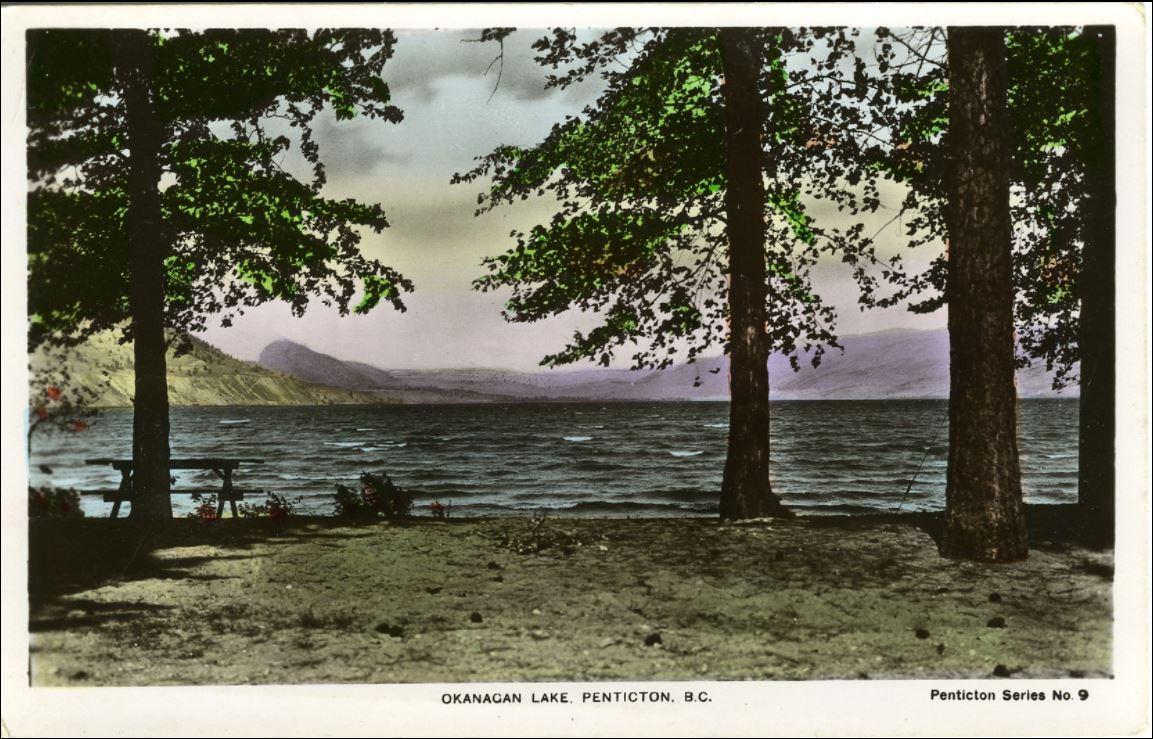Curated by Roedde House Museum
& Harper Wellman
This exhibition celebrates print culture and the postcard as a visual and textual mode of communications in the previous centuries, and also connects to current conditions of distancing, restricted wanderlust, and correspondence. It is a medium of many intrigues: a window to a foreign world, a message laid bare for both the recipient and the mail carrier, a souvenir to be collected.
The exhibition was made possible with participation from fellow BC museums including:
Bulkley Valley Museum
Chase & District Museum & Archives
Cortes Island Museum & Archives
Denman Island Museum & Archives
Gabriola Museum
Museum of Vancouver
Nikkei National Museum & Cultural Centre
Penticton Museum & Archives
Point Ellice House
Port Moody Station Museum
Quesnel & District Museum and Archives
SFU Rare Book Library
A number of private collectors also contributed postcards to the exhibition.
Postcards displayed in the exhibit date from 1880-1930. All were collected, acquired, or circulated within Canada. Not only is the form and style of the postcard of interest, but also the stories they tell of the people who sent, received, and preserved them. All loaned postcards will be displayed for the duration of the exhibit and returned to the owner(s) at the end. The exhibit will run from June to September 2021.
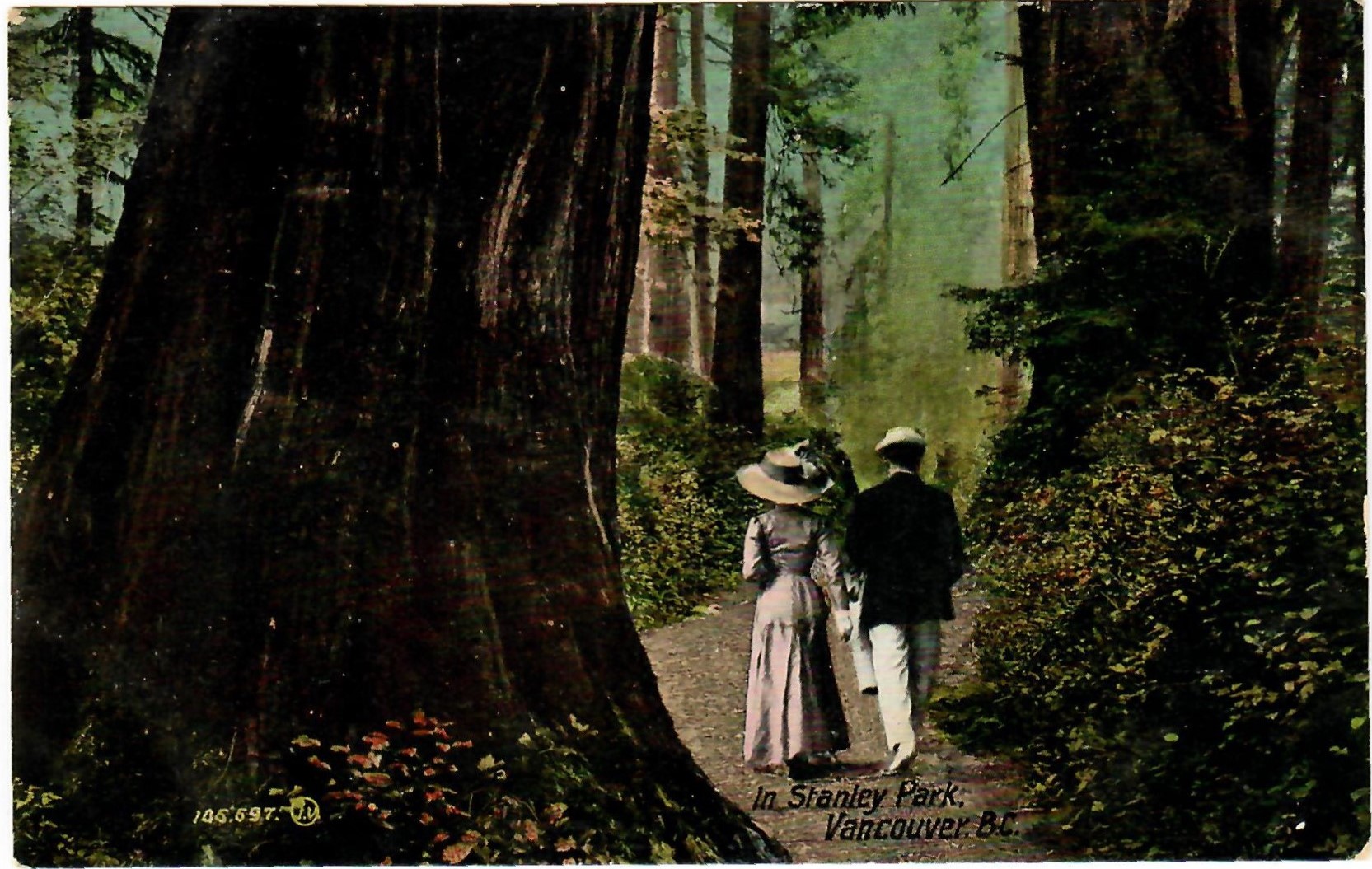
When Gustav and Matilda Roedde moved into Roedde House with their family in 1893, the postal service in the territory of Turtle Island/Canada had been established for well over a century. As non-Indigenous people arrived in Canada there grew a reliance on the postal system to keep family members and friends connected despite great distances. This demand spurred the development of a transcontinental postal exchange system within Canada made possible by the establishment of the Canadian Pacific Railroad in 1885. The development of transportation technologies allowed populations to migrate around the globe like never before, and the postal service kept up by making use of these same technologies to transport their precious cargo. The Roeddes would have witnessed these early leaps in technology, which included the postal service’s adoption of airplanes in 1918. As the world globalized, the United Postal Union would synchronize the global movement and create a new postal age. The development of the postcard allowed for a unified cost and process for delivery. Postcards, with their low price and visual representations of places, became extremely popular and were sent far and wide across the world. The appeal of the cards spurred their collection, and this peaked between the years 1907 to 1915 which became known as the Golden Age of the Postcard. Many of the cards shown in our exhibit are from this time.
View all digital submissions for the ‘Wish You Were Here’ exhibit below. Copyright for the images belongs to the museums which have submitted.
Physical submissions are available for viewing in the museum, for those who are able to visit in person!
Bulkley Valley Museum
Website: www.bvmuseum.org
Database location: https://search.bvmuseum.org/permalink/descriptions6486
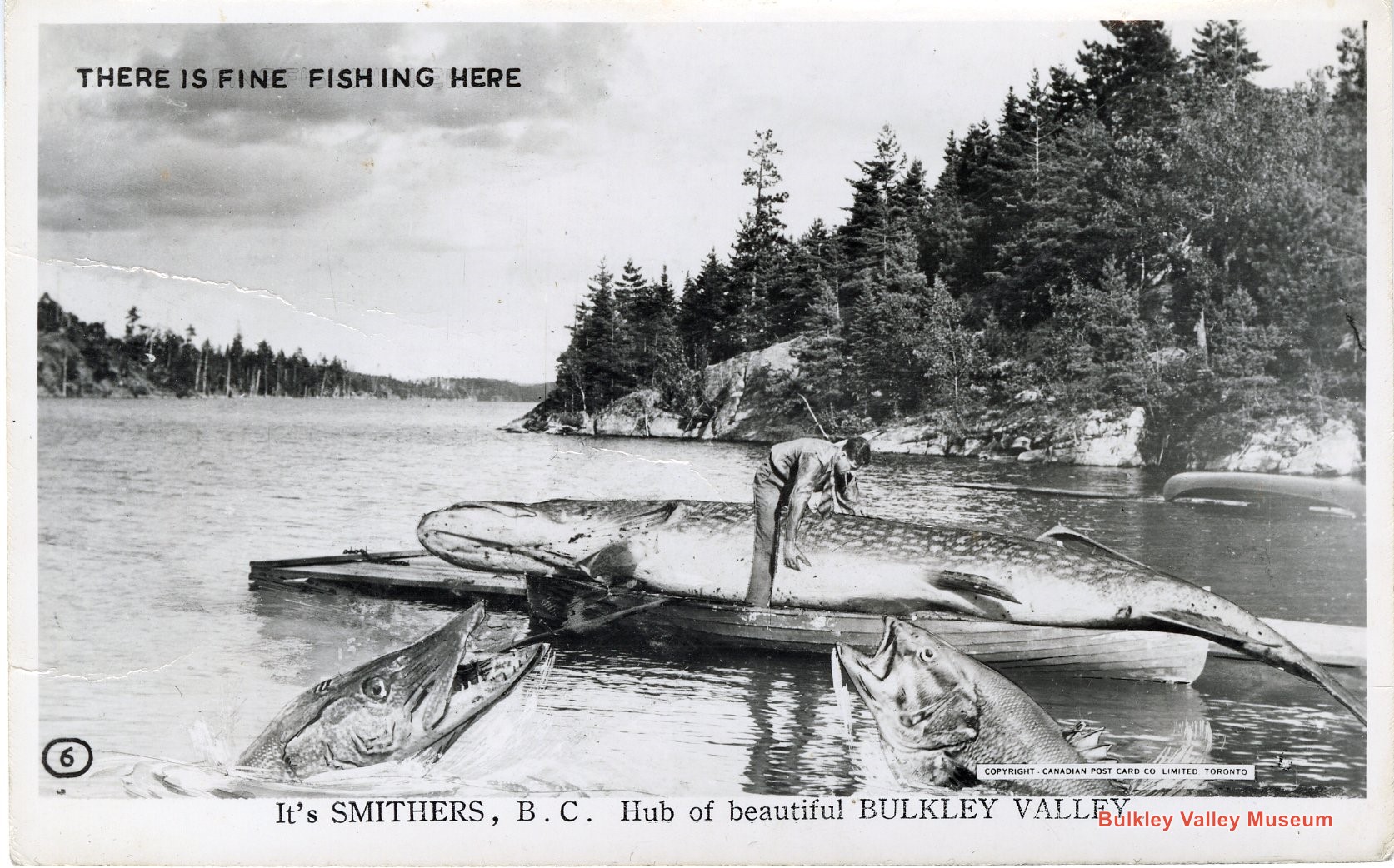
P6226, Bulkley Valley Museum visual record collection
Description: A man with giant fish.
Postcard reads: “There is fine fishing here” at top of card and “It’s Smithers, B.C. Hub of beautiful Bulkley Valley”
From the collection of Joseph (Joe) Allen L’Orsa (born March 4, 1939). Joseph was a prominent in the Bulkey Valley, known for his environmental activisim. He is credited with starting the area’s first environmental group, “Citizens Against Pollution,” which later became known as SPEC (Society for Pollution and Environmental Control). L’Orsa was instrumental in establishing Babine Mountains Provincial Park, and recorded both settler and Witsuwite’en (Wet’suwet’en) histories of the mountain range.
Chase & District Museum and Archives
Website: www.chasemuseum.com
Description of postcard: Black and white photographic postcard from May 1, 1924 (May Day celebrations). This is part of the crowning of the Chase May Queen. There are two men standing on the left of a stage and six young girls in white dresses beside them. L-R: William Gray (school principal), Joe Sanderson, Ivy Davies (nee Byers), Unknown, Unknown, Unknown, Unknown, Unknown. Mr. William Henry Gray was the Chase Superior School principal through the 1920s and well into the 1930s. He died January 7, 1975 at 97 years in Vancouver, B.C. Donated to the museum in 2001.
Cortes Island Museum & Archives
Website: https://cortesmuseum.com/
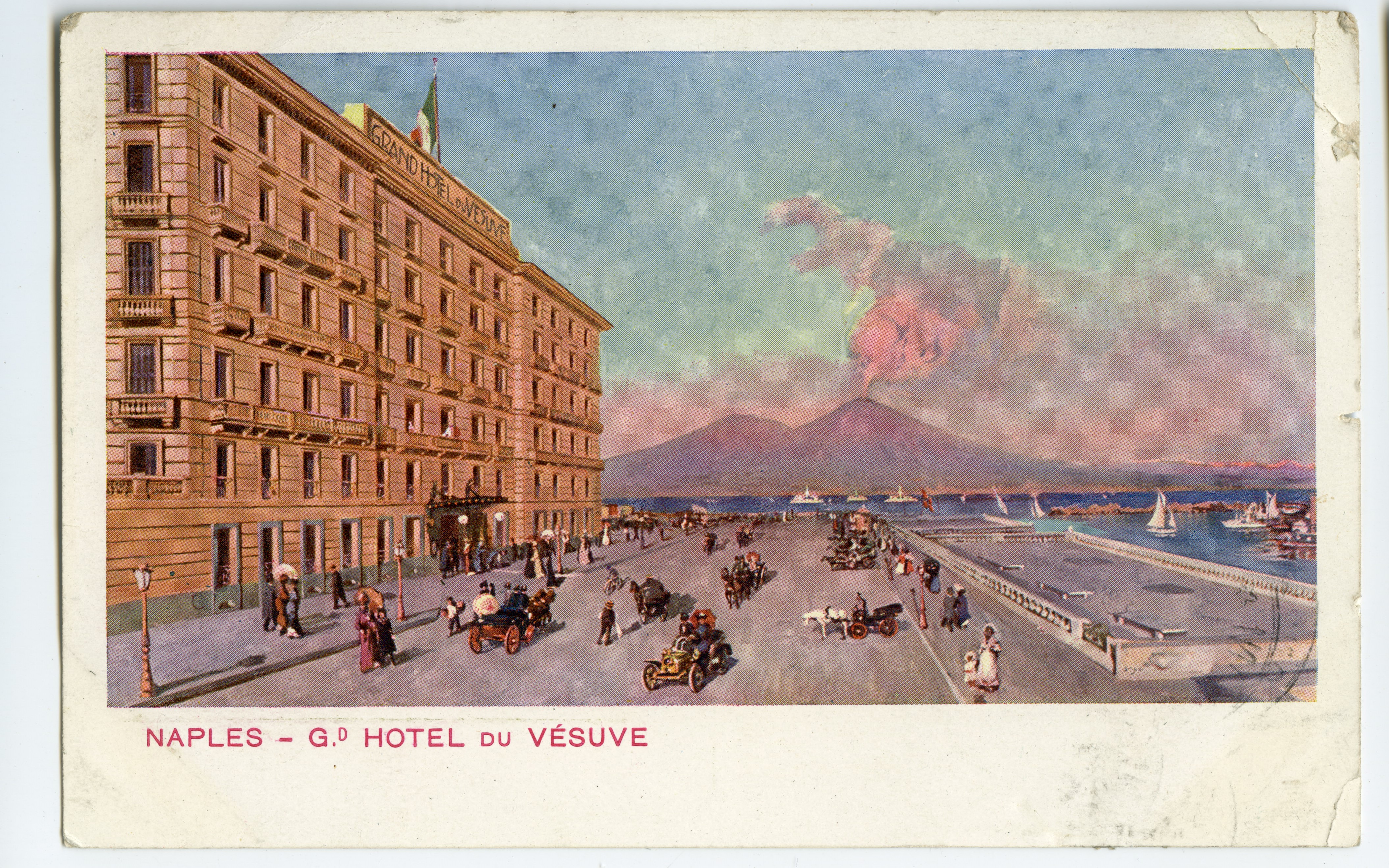
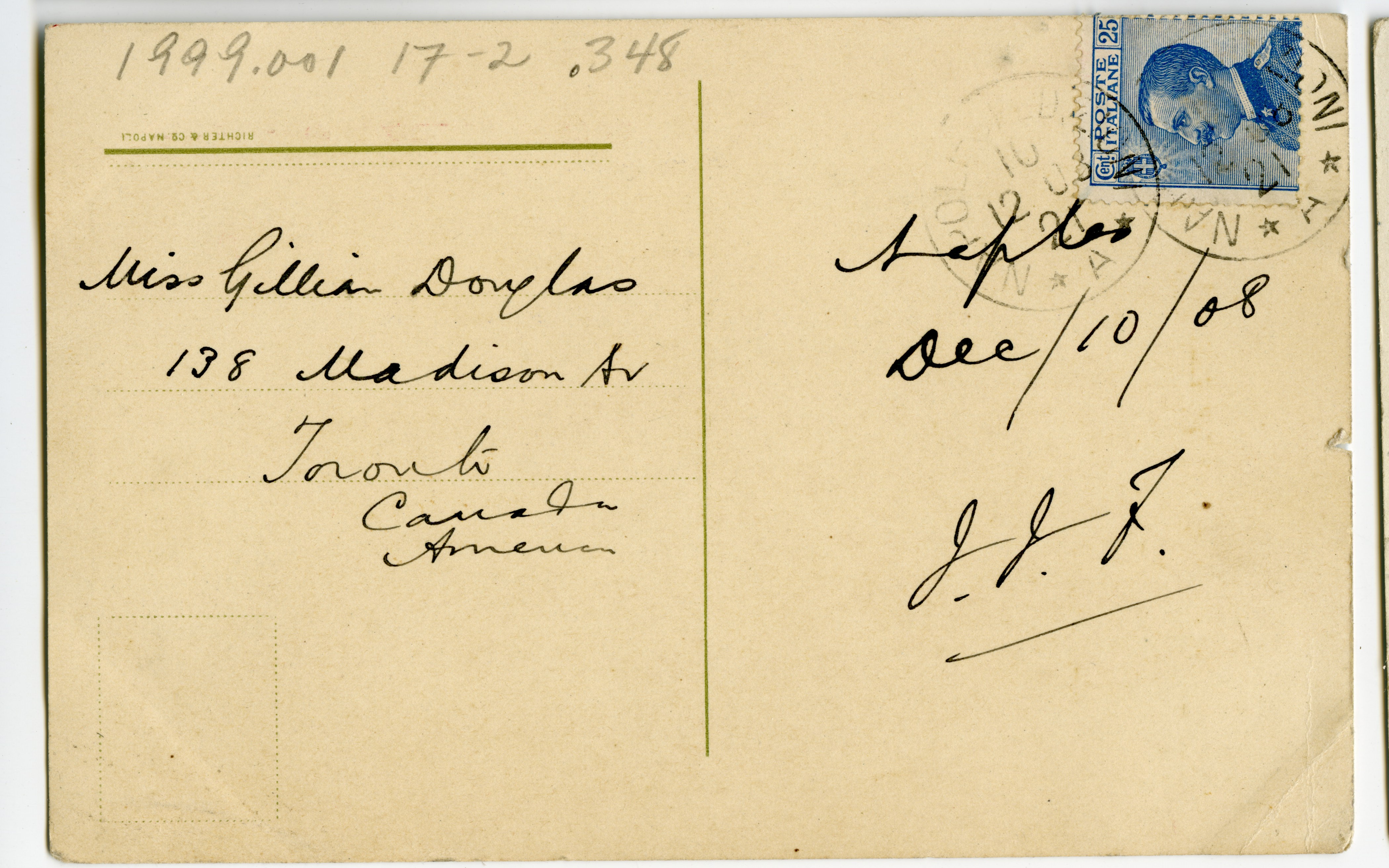
Description: This is one of nine postcards which were mailed to Gilean (Gillian) Douglas by family and friends in the first two decades of the 1900s. Gilean Douglas (1900-1993) was a nature writer and poet who made her home on Cortes Island for the last half of her life. She was born into a wealthy and socially prominent family in Toronto whose lifestyle included extensive travel abroad and to the United States, and summers spent in resorts in the Muskoka area. The postcards are part of a large collection Douglas compiled, starting in her childhood. For more information about Gilean Douglas and her records held at the Cortes Museum, visit the Cortes Museum Online Archives.
Lisa Wilson
(Private Collector)
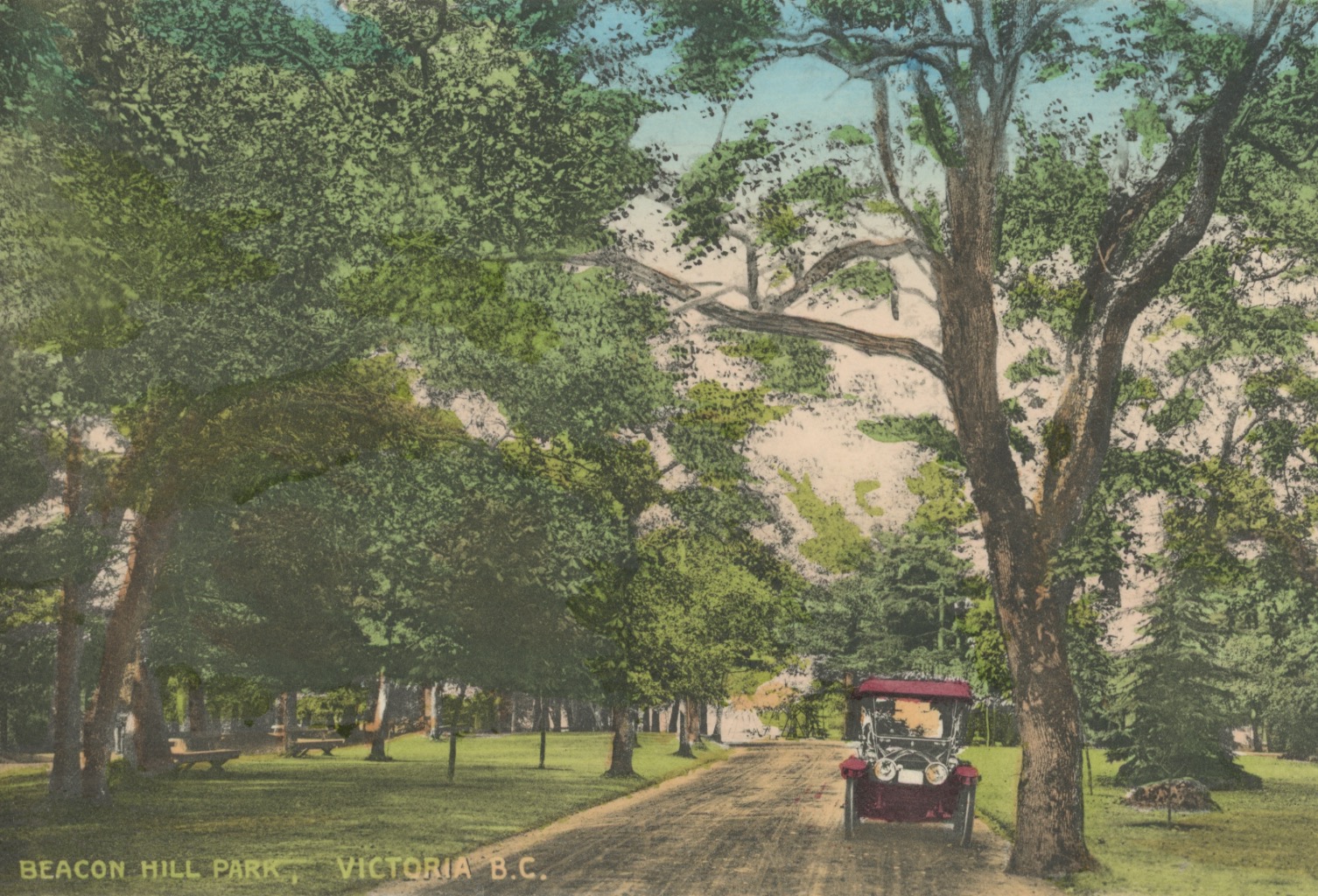
Description: Beacon Hill Park, Victoria, British Columbia (c. 1910-1920)
Colourized (hand-coloured) image of trees in Beacon Hill Park with a road and car. Postcard was unsent and is without markings.
MUSEUM OF VANCOUVER
Website: https://museumofvancouver.ca/
Database location: https://openmov.museumofvancouver.ca/object/history/h202181
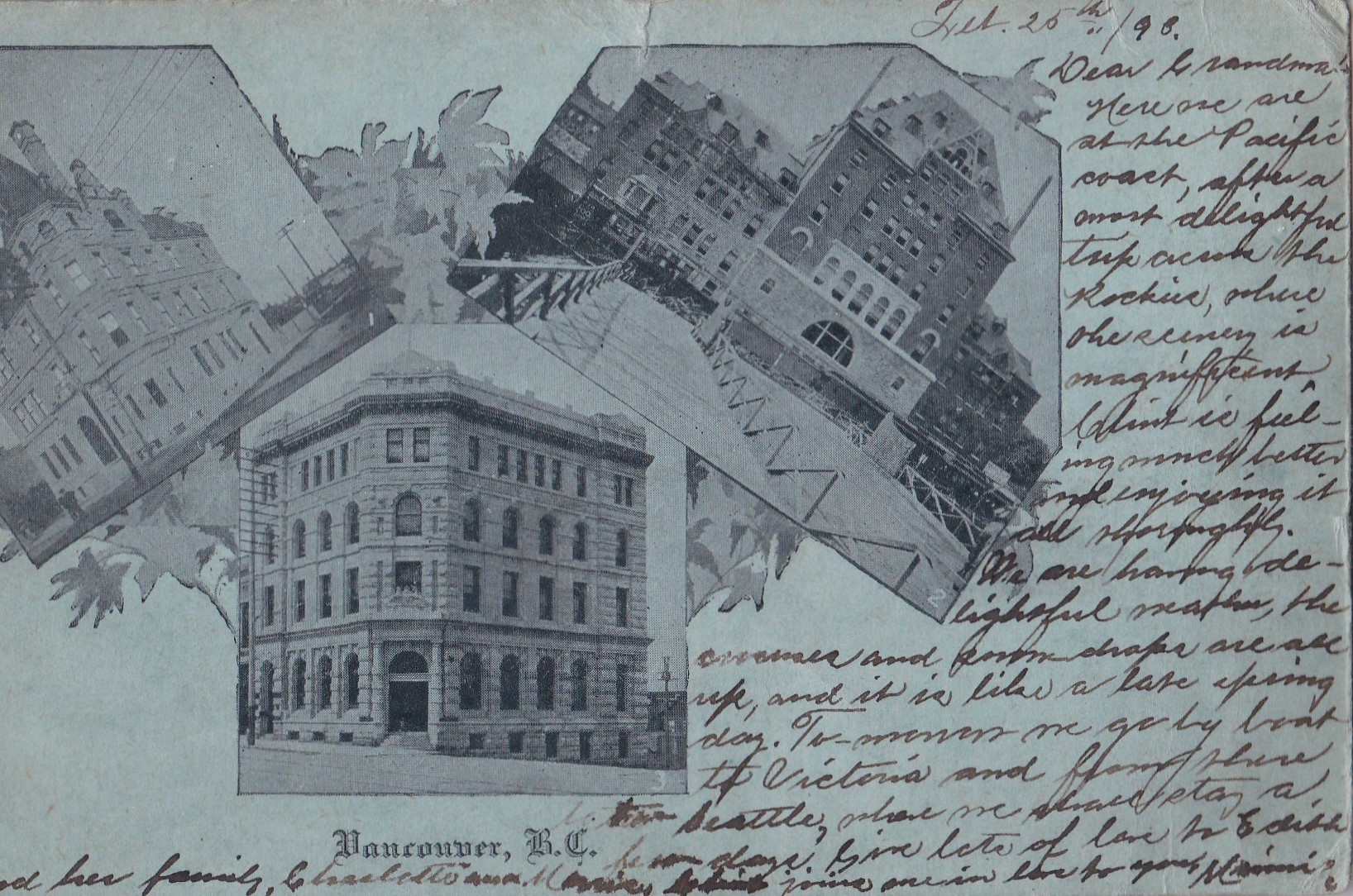
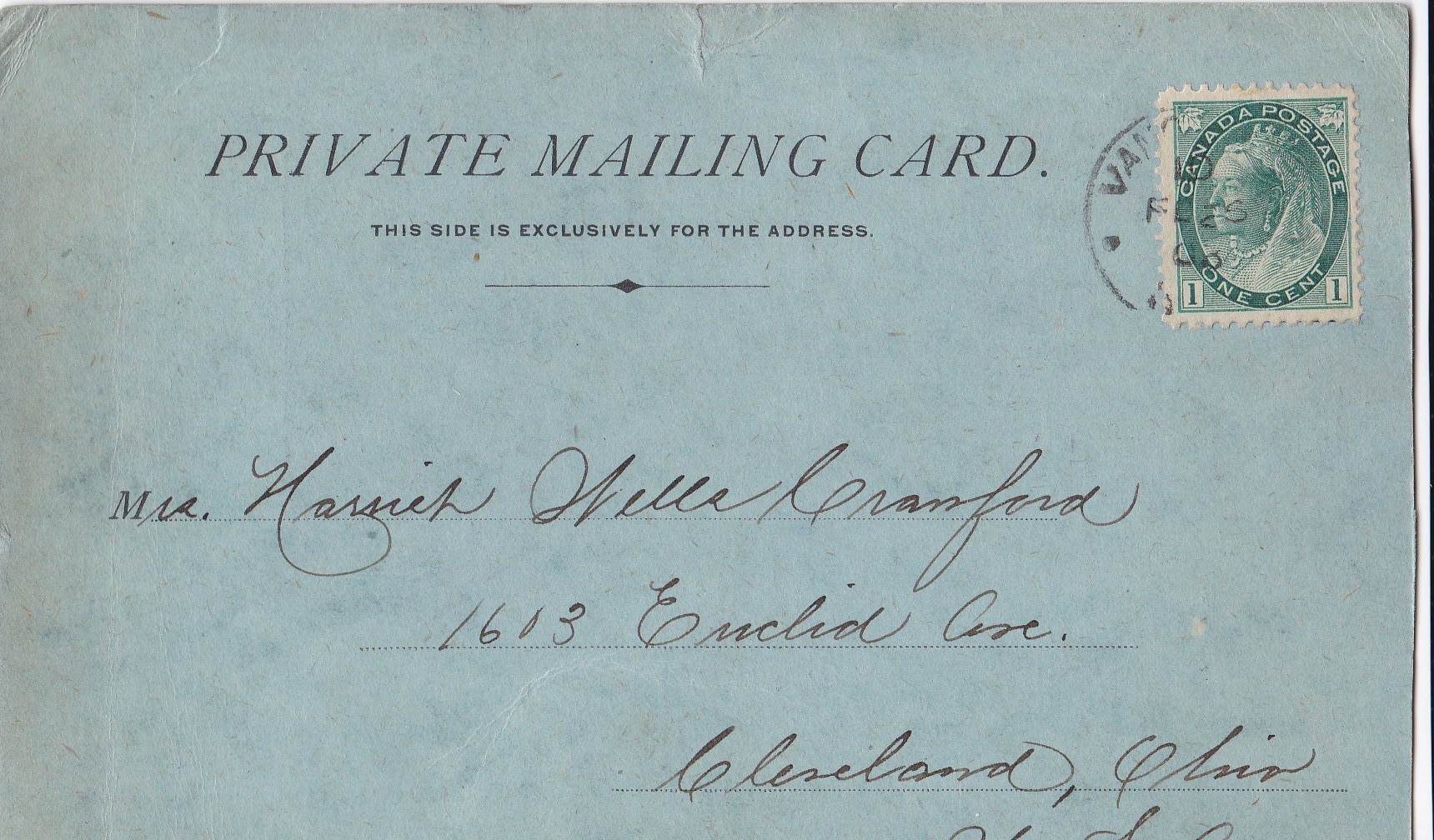
Description of postcard: Black and white photograph of American Line U.S. Mail Steamer “St Paul”. Correspondence is written on the front of the postcard in black ink sideways along right edge and upside down along top edge.
Text on front reads, “June 21st. On the Atlantic Ocean
Dear Mr Frank. I left your dear mother & Bert well last week. Here is the steamship I am on, a fast mail boat, Bert said you would sometimes like a postal card.
From me, With Regards, E Pauline Johnson”
Text on back: “Mr Frank Cope.
597 Hornby St
Vancouver
British Columbia
Canada”
This post card was sent to Frank Cope from Pauline Johnson on June 22nd 1907. Pauline Johnson was a Canadian Mohawk writer and performer popular in the late 19th and early 20th centuries. She was born in 1861 on the Six Nations Reserve near Brantford, Ontario. Johnson’s father was a hereditary Mohawk chief and her mother was an English immigrant. When appearing before audiences across the continent and in England, Johnson was known for carrying out half the act in her native inspired performance costume (in MOV collection) and half in a silk evening gown. Johnson moved to Vancouver in 1909 and fell in love with the city, and Vancouverites fell in love with her too. She had a particular fondness for Stanley Park. During her long illness with breast cancer, Pauline wrote her will and prepared her final request – to be buried in Stanley Park. When she died in 1913 in Vancouver, Ottawa gave special permission for this, and a site was selected overlooking Siwash Rock.
Frank Cope was the eldest son of Frederick T. Cope and Margery Cope. He worked for his father at the family wholesale electrical supply company called Cope & Sons Ltd., later on becoming the company treasurer. The store on Hastings St was the largest electrical store in Vancouver at the time. The Copes were close friends of Pauline Johnson. The youngest son, Bert Cope, first became good friends with Johnson while on a 1906 voyage across the Atlantic from Canada to England after his mother, Margery Cope, encouraged him to introduce himself. The family would often invite Johnson to dinner at their home in Vancouver, including several Christmas and Thanksgiving dinners. In Pauline Johnson’s will, she left various items to Margery Cope, Bert Cope and Frank Cope, some of which can be found in the MOV collection. Frank Cope died in 1943.
How you acquired the postcard: The postcard was donated to the Museum of Vancouver from the Estate of Marjory Cope. Marjory was the daughter of Frank Cope and Jennie Harriet Marr.
Nikkei National Museum & Cultural Centre
Website: https://centre.nikkeiplace.org/
Database: https://nikkeimuseum.org/
Description: Jinzaburo and Yaeno Oikawa collection, 1912
A postcard on paper rectangular cardstock showing a print of a drawing of what looks to be the transition of transport. At the top is a train with the crossed Japanese flags on its engine, below is a a red carriage being pulled by four white horses with a procession of people mounted on brown horses trailing behind. Below that is a large group of blue clad people carrying two litters ensconced in men mounted on brown horses at the back and front. The drawing is edged with a gold border. On the reverse it reads, “Carte Postale”.
The postcard may show a celebration of the Emperor Taisho’s coronation and thus is dated to 1912. The hidden carriages are typical of how the Emperor and Empress would be carried, hidden away from the crowd, to the enthronement. They likely arrived by train, and then with an entourage on foot and horseback, made their way to the Imperial Palace. Emperor Taishō (大大大大 Taishō-tennō, 31 August 1879 – 25 December 1926) was the 123rd Emperor of Japan, according to the traditional order of succession, reigning from 30 July 1912, until his death in 1926. The Emperor’s personal name was Yoshihito (大大). According to Japanese custom, during the reign the emperor is called the (present) Emperor. After death he is known by a posthumous name that, according to a practice dating to 1912, is the name of the era coinciding with his reign. Having ruled during the Taishō period, he is correctly known as The Taishō Emperor. He was a reclusive, sickly emperor who was rarely seen in public.
Penticton Museum and Archives
Website: https://www.penticton.ca/our-community/arts-culture/museum-archives
Archive: https://www.penticton.ca/our-community/arts-culture/museum-archives/archives
Description: PMA Post Cards 276 Okanagan Lake beach
Point Ellice House
Website:https://pointellicehouse.com/
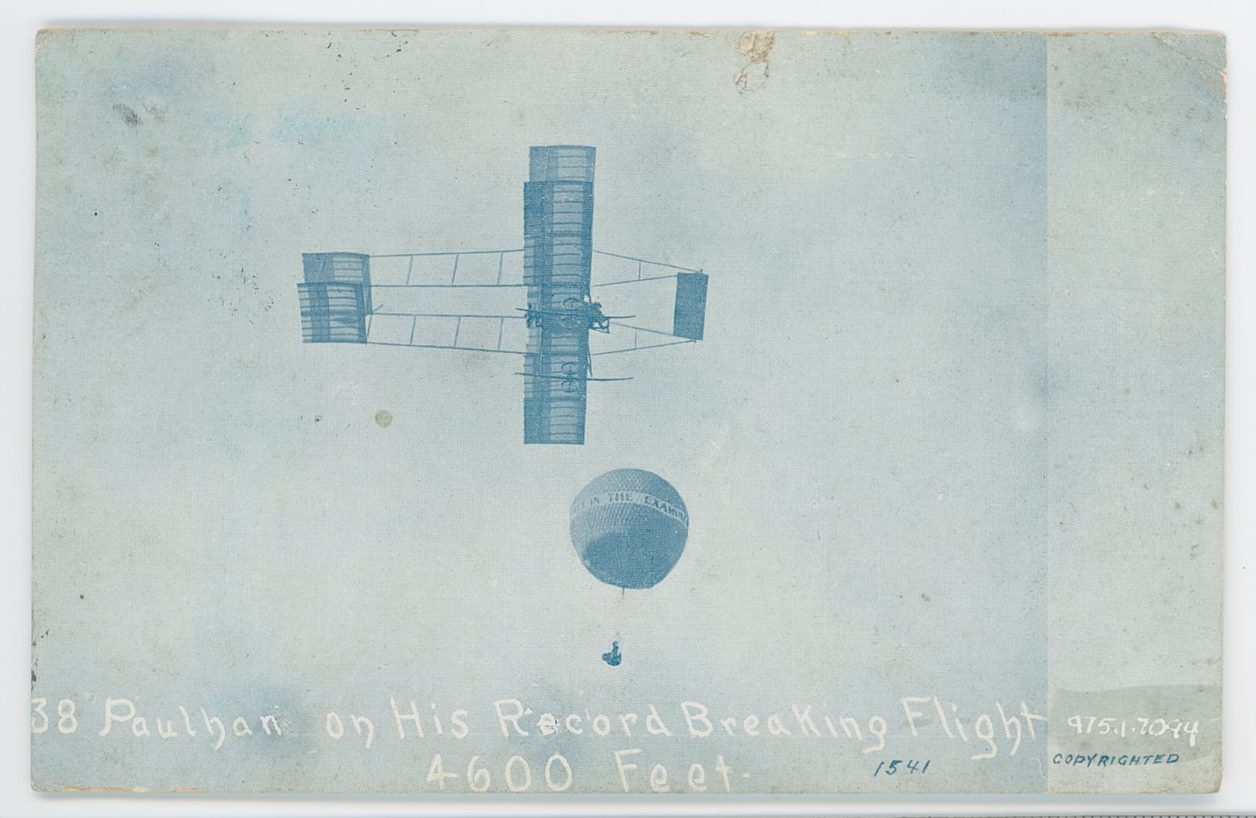
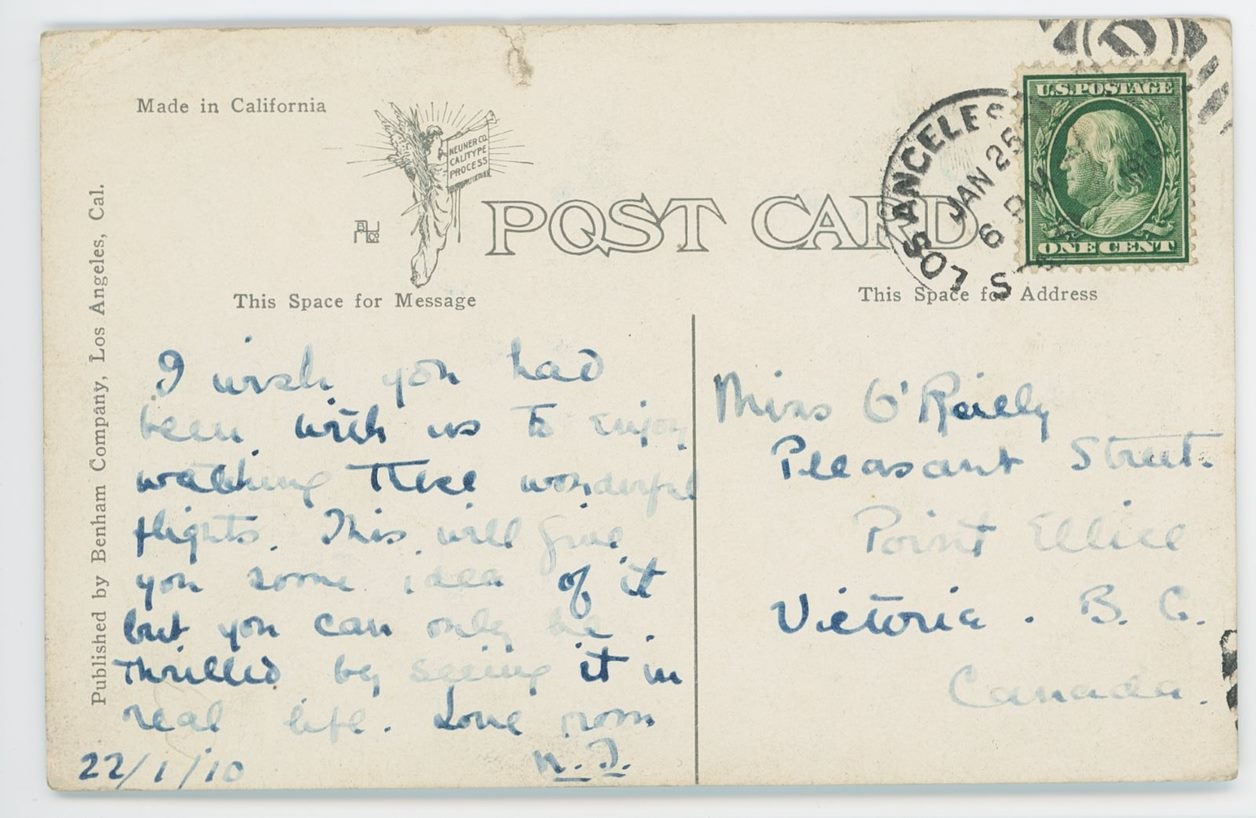
Description: PEH1975.001.7094 – Dated January 22nd, 1910. Addressed to “Miss O’Reilly” who is otherwise known as Charlotte Kathleen O’Reilly.
The front has a photograph of a plane and an air balloon with the message: “38 Paulhan on his Record Breaking Flight 4600 Feet.” There is a green “US Postage – 2 Cent” stamp on the back of the card in the top right corner depicting an elderly George Washington. On the back is a long-handwritten message and is addressed to: “Miss O’Reilly, Pleasant Street, Point Ellice, Victoria, B.C., Canada” .
Postcard reads: I wish you had been here with us to enjoy watching the wonderful flights. This will give you some idea of it but you can only be thrilled by seeing it in real life. Love from M.J 22/1/10.
Kathleen O’Reilly (born 1867, died 1945) was the eldest daughter of Peter O’Reilly who was a judge, gold commissioner, and (most notably) Indian Reserves commissioner until 1898. The address reads either “2616 Pleasant Street” or simply “Point Ellice”, which refer, of course, to Point Ellice House. It is unclear who was sending this postcard, but Kathleen was fond of writing letters and likely reciprocated these postcards with one of her own, or at the very least a letter. Collected by Kathleen herself; the Point Ellice House collection is one of the largest collections of 19th century paraphernalia in North America. Point Ellice house was first occupied by the O’Reilly’s in 1897 and the last member of the O’Reilly family moved out in the 1960’s when John and Inez O’Reilly opened the house as a private museum. It was purchased by the province in 1975. Three generations of O’Reilly’s lived in Point Ellice House over the course of a century and they rarely threw things away, resulting in our collection of +12,000 artifacts.
Port Moody Station Museum
Website: https://portmoodymuseum.org/
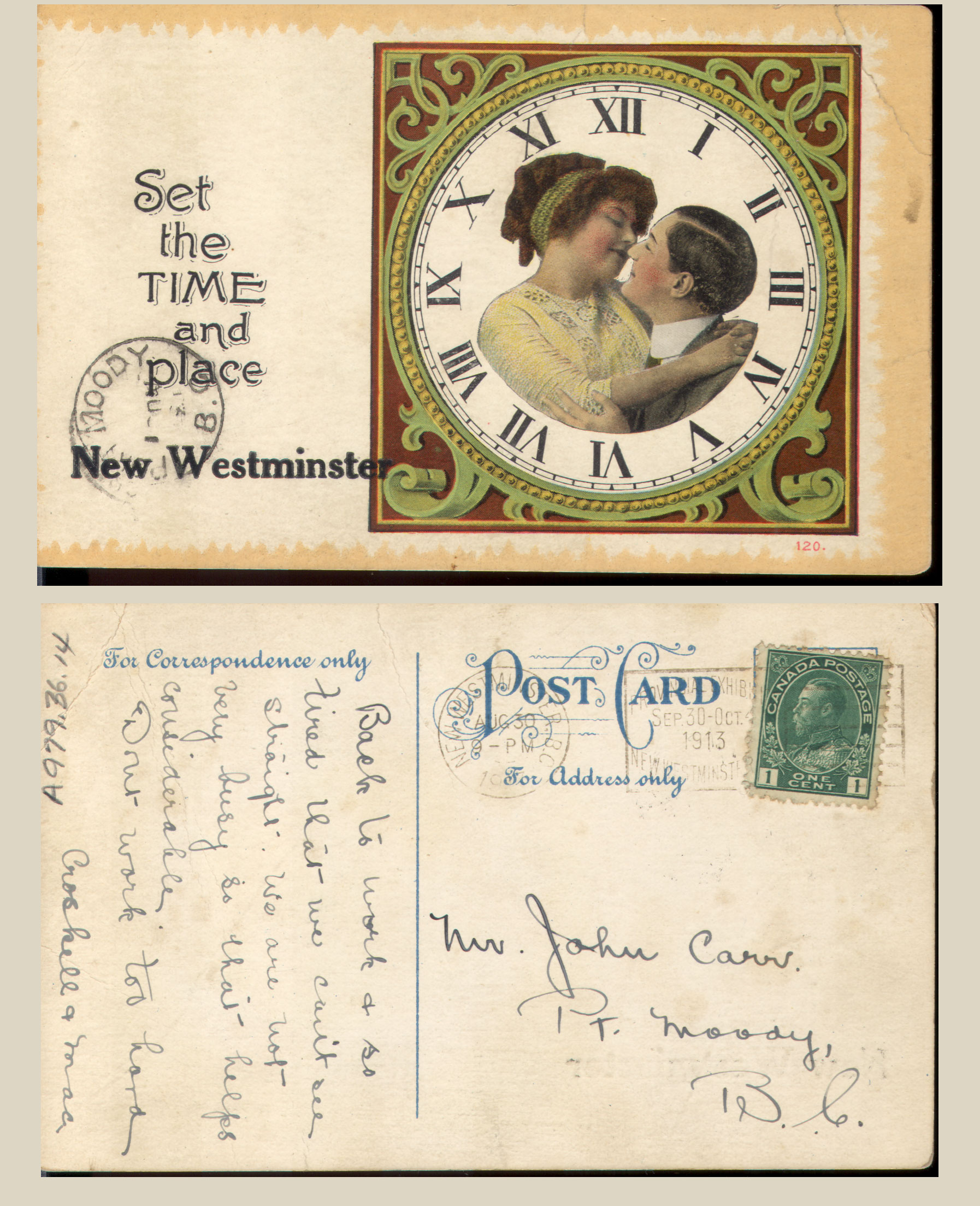
Description: A commercial postcard sent from New Westminster to Port Moody. Possibly after some time a couple spent together, and now both having to go back to work.
Dated: 1913
Postcard reads: Back to work & so tired that we can’t see straight. We are not very busy so that helps considerably. Don’t work too hard.
Quesnel and District Museum & Archives
Website: www.qusenelmuseum.ca
Archival Database: https://www.quesnelmuseum.ca/research/archival-collections
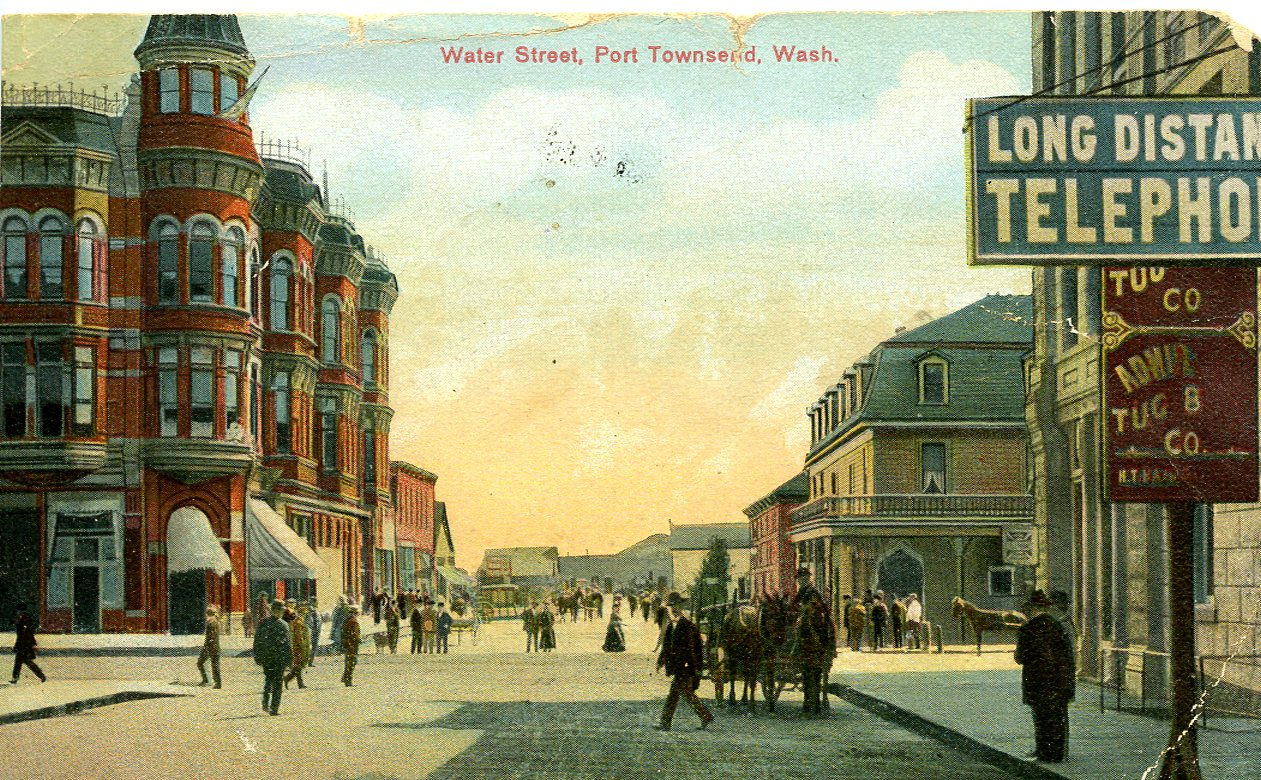
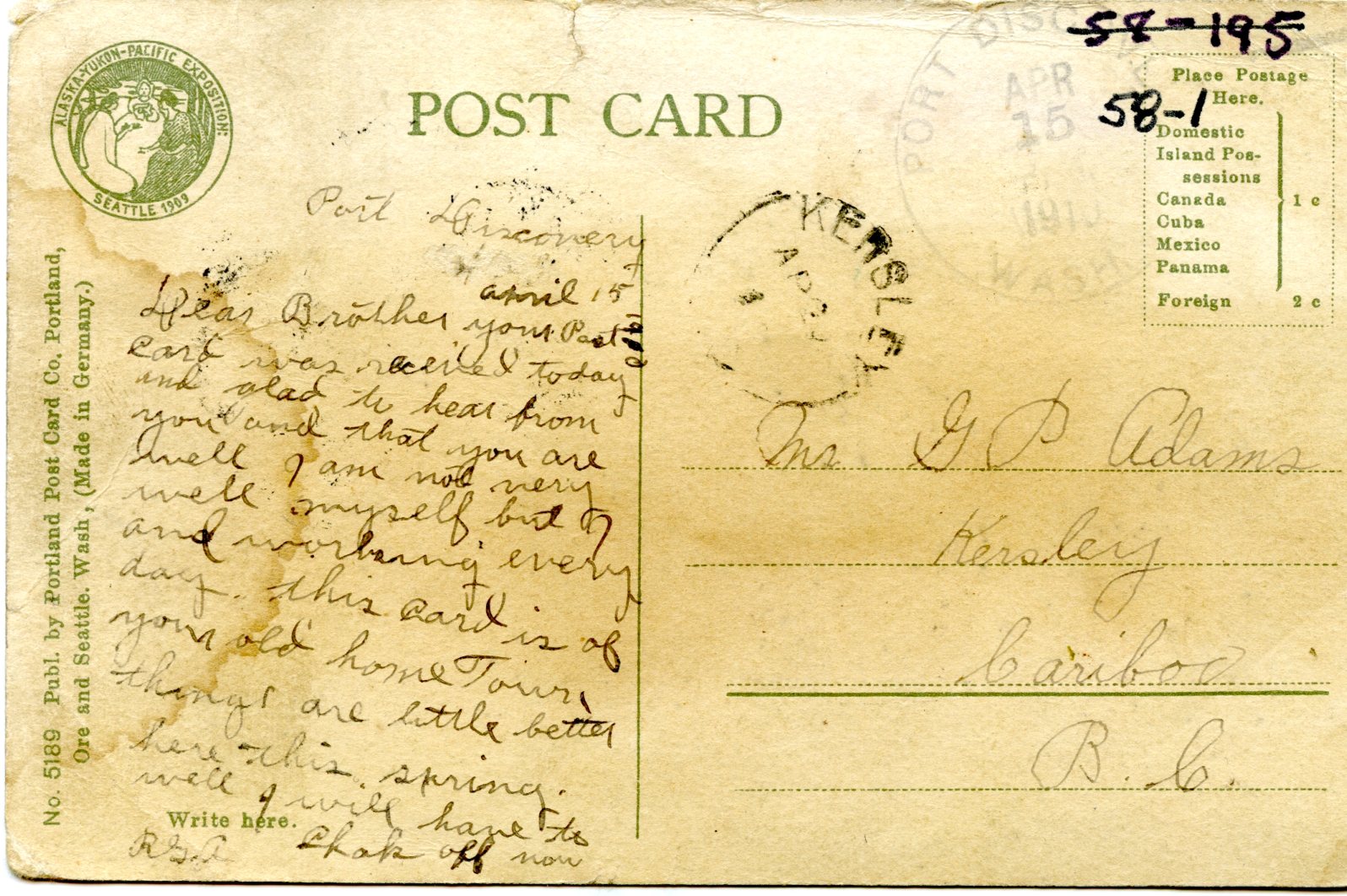
Description: George Adams – “Water Street Port Townsend, Wash.”
Sent from Port Discovery Washington April 15, 1910 to Kersley B.C. Addressed to a Mr. G.P. Adams (George) from his brother R.S Adams. George Adams ran a wood yard crew for the sternwheeler called the Charlotte. His brother R.S. Adams lived in Port Discovery Washington. George was married to a woman named Betsy Annak from 1912-1921. When George passed away Betsy married Fred Gingras who worked alongside George on the wood crew. The postcard is part of the Gingras Collection. There are a number of postcards in this collection from R.S. Adams to his brother.
Postcard appears to read: Port Discovery April 15
Dear Brother, your Post Card was received today and glad to hear from you and that you are well. I am not very well myself but I and working every day. This card is of your old home Town, things are little better here this spring. Well I will have to off now – RGA
Simon Fraser University Library – Special Collections and Rare Books
Website: https://www.lib.sfu.ca/about/branches-depts/special-collections
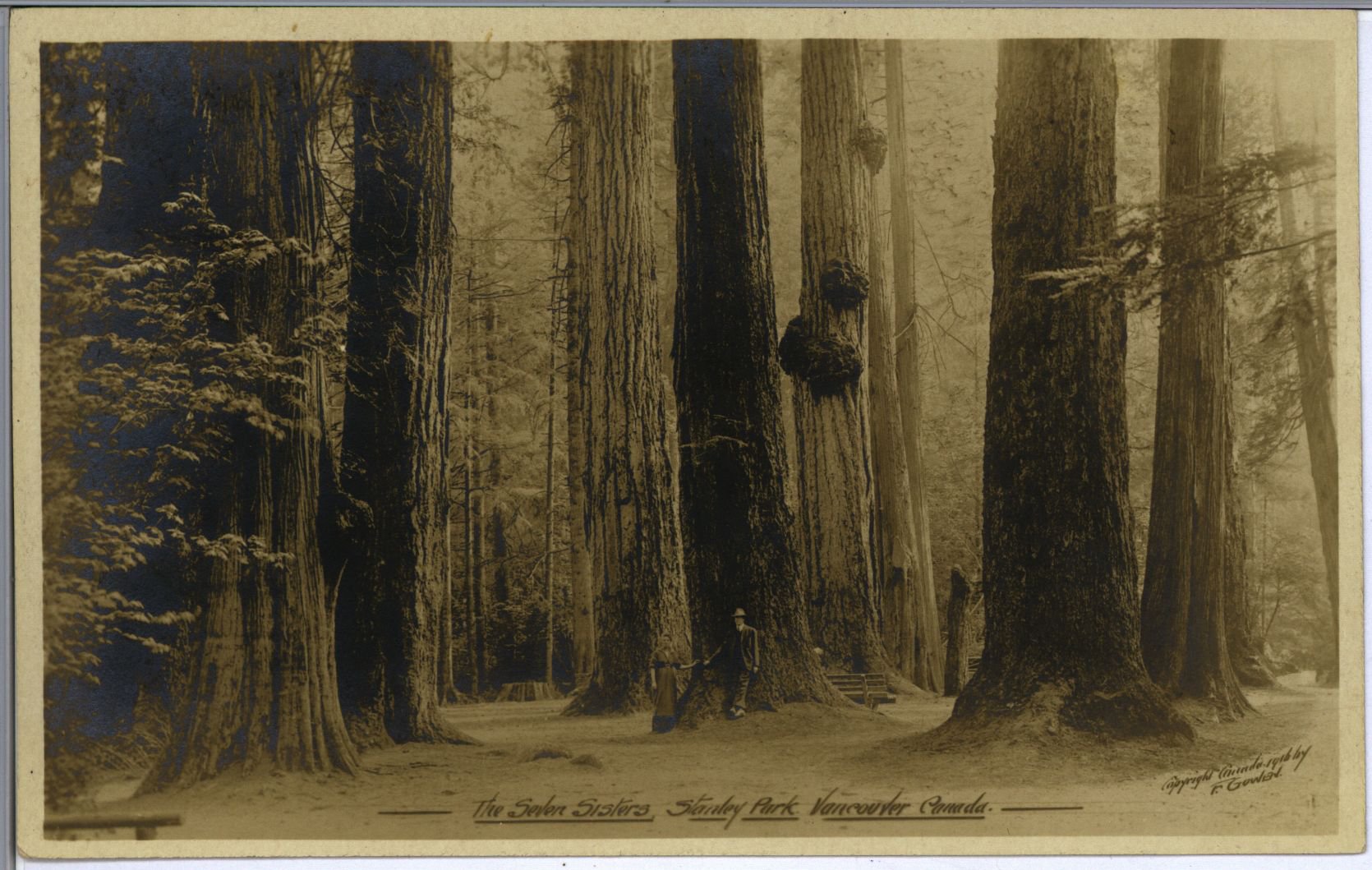
Description of postcard: The Seven Sisters (from the Philip Francis Postcard Collection)
The Seven Sisters or Cathedral Trees were a grove of Massive Western Red Cedars and Douglas firs that stood in Stanley Park until being cut down in the 1950s. These trees were described by Mohawk poet E. Pauline Johnson in her book Legend of Vancouver.
Date of card: 1916
This postcard is part of the Philip Francis Postcard Collection, as donated by Philip Francis.
About the collection (by Philip Francis):
Postcards provide a window into the past unlike other written or photographic materials. In many respects, they can be viewed as the precursors of today’s social media. They were, first and foremost, a quick, inexpensive and often visually appealing means of communication. In the Golden Age of postcards, from 1900 – 1914, when there were sometimes five or more postal deliveries in urban areas each day, postcards cost less than a letter to send – whether to friends in the city or relatives back home – and they told a story. The story might be of a photojournalistic nature, before the technology existed to print photographs in newspapers; or it might tell a story about the sender (proudly patriotic or with an ironic sense of humour perhaps) or even about the interests or preferences of the recipient – anthropomorphic cats, or railways, or sailing ships. For serious researchers, it is the back of the postcard that contains a mine of information – not only about the photographer or publisher but about the events, locations, sentiments, hopes and fears of the sender. As well as the social history, we occasionally find a rare piece of postal history – for example, a postcard from a town long-since vanished from the map of British Columbia.
In aggregate, this collection of 13,000 postcards (approximately 6,000 of which are digitized and available here) tells the story of the early development of British Columbia. It shows how very British this province was in the early years of the 20th century. But it also captures the rich history of the First Nations as well and illustrates the key contribution of immigrants to the economic growth of western Canada, through transportation systems and urbanization and the development of the resource industries of mining, forestry, and fishing. We owe the early photographers – people like Philip Timms, Leonard Frank, and George Barrowclough – who set out to provide a visual record of the early years, a great debt of gratitude. A hundred or more years later, we get to see history in action and each one of their images is worth more than a thousand words. –Philip Francis
